Coastal living brings with it a unique set of challenges when it comes to outdoor lighting. The harsh marine environment, with its saltwater, humidity, and extreme weather conditions, can wreak havoc on traditional lighting fixtures. That's where marine grade lights come in. These high-quality lighting fixtures are specifically designed to withstand the demanding conditions of coastal areas, providing durability, reliability, and resistance to corrosion. In this comprehensive guide, we'll explore everything you need to know about marine grade lights, including what they are, how they work, and why they are essential for coastal outdoor lighting.
What are Marine Grade Lights?
Marine grade lights are specially engineered lighting fixtures that are built to withstand the harsh marine environment. Whether you live by the coast or have a waterfront property, these lights are designed to resist corrosion, rust, and UV degradation caused by saltwater exposure, high humidity, and extreme weather conditions. They are made from durable materials such as marine-grade stainless steel, bronze, or aluminum, which ensure their longevity and performance in coastal environments.
The Science Behind Marine Grade Lights
The design and construction of marine grade lights incorporate several key elements to withstand the challenges of coastal living. Let's take a closer look at the science behind marine grade lights:
Corrosion Resistance
One of the primary challenges for marine grade lights is corrosion caused by saltwater exposure. To combat this, these lights are typically made from materials such as marine-grade stainless steel or aluminum, which are highly resistant to rust and corrosion. These materials undergo processes like galvanization or anodization to provide an extra layer of protection against the corrosive effects of saltwater.
Sealing and Gasketing
Marine grade lights are designed to be watertight to prevent water from seeping into the fixture and causing damage. They incorporate sealing and gasketing materials that create a barrier against moisture, ensuring the internal components remain dry and functional even in the face of heavy rain or ocean spray.
Thermal Management
Outdoor marine lights are exposed to a wide range of temperatures, from scorching heat to freezing cold. To prevent overheating or damage, marine grade lights often incorporate thermal management features such as heat sinks and ventilation systems. These mechanisms help dissipate heat and maintain optimal operating temperatures, ensuring the longevity of the lights.
Energy Efficiency
Energy efficiency is a crucial aspect of outdoor lighting, especially in coastal areas where lights may be left on for extended periods. Many marine grade lights utilize energy-efficient technologies such as LED bulbs. LED lights consume less energy than traditional incandescent bulbs, resulting in cost savings and reduced environmental impact. Additionally, LEDs have a longer lifespan, making them ideal for coastal applications where maintenance can be challenging.
Optics
The optics of marine grade lights are designed to enhance visibility in marine environments. The lenses or covers of these lights are typically made from high-quality materials that provide clear, bright light while minimizing glare and light pollution. This ensures that the lights effectively illuminate outdoor spaces without causing unnecessary disturbance.
Advantages of Marine Grade Lights
Marine grade lights offer numerous advantages over traditional lighting fixtures, especially in coastal environments. Let's explore some of the key benefits of using marine grade lights for your outdoor lighting needs:
Durability and Longevity
Marine grade lights are built to last. With their corrosion-resistant materials and robust construction, they can withstand the harshest coastal conditions. These lights are designed to resist rust, saltwater corrosion, and degradation from UV rays, ensuring their longevity and minimizing the need for frequent replacements.
High Performance in Harsh Environments
Coastal areas are prone to extreme weather conditions, including storms, high humidity, and saltwater exposure. Marine grade lights are specifically engineered to perform reliably under these challenging circumstances. They can withstand heavy rain, strong winds, and exposure to saltwater without compromising their functionality or aesthetics.
Safety and Security
Proper illumination is crucial for safety and security, especially in coastal areas where uneven terrain, docks, or boating activities may pose potential risks. Marine grade lights provide bright and reliable lighting, enhancing visibility and ensuring the safety of residents, guests, and outdoor enthusiasts. Additionally, well-lit outdoor spaces can deter intruders and enhance the security of your property.
Aesthetically Pleasing
While functionality is crucial, marine grade lights also offer aesthetic appeal. These fixtures come in a variety of styles, designs, and finishes, allowing you to choose lighting that complements your outdoor decor and personal style. Whether you prefer a sleek modern look or a classic nautical theme, there are marine grade lights available to suit your preferences.
Low Maintenance
Coastal living often involves battling the elements, but marine grade lights require minimal maintenance. Thanks to their durable materials and resistance to corrosion, these lights can withstand the harsh marine environment with little upkeep. Occasional cleaning and inspection are usually sufficient to keep them looking and performing their best.
Environmental Friendliness
With the increasing focus on sustainability, marine grade lights offer an environmentally friendly lighting solution. LED bulbs, commonly used in marine grade lights, are highly energy-efficient and have a longer lifespan compared to traditional bulbs. By choosing marine grade lights, you can reduce energy consumption, lower carbon emissions, and contribute to a greener future.
Applications of Marine Grade Lights
Marine grade lights have a wide range of applications in coastal environments and beyond. Let's explore some of the common uses of marine grade lights:
Outdoor Lighting
Outdoor lighting is essential for illuminating pathways, driveways, patios, gardens, and other outdoor areas. Marine grade lights are ideal for these applications, as they can withstand exposure to the elements and provide reliable illumination even in harsh coastal conditions.
Dock Lighting
Dock lighting is crucial for enhancing safety and visibility around docks and marinas. Marine grade lights can withstand the corrosive effects of saltwater and provide bright, efficient lighting for safe navigation and docking.
Boating and Yachting
Marine grade lights play a vital role in boating and yachting activities. From navigation lights to underwater lights, these fixtures ensure visibility and safety on the water. Marine grade lights are designed to withstand the vibrations, saltwater exposure, and rough conditions often encountered during boating and yachting adventures.
Commercial and Industrial Lighting
Coastal commercial and industrial facilities require lighting solutions that can withstand the corrosive effects of saltwater and harsh environmental conditions. Marine grade lights are commonly used in these applications, providing reliable and durable lighting for warehouses, factories, parking lots, and other commercial and industrial spaces.
Landscape Lighting
Enhancing the beauty of your outdoor landscape is made easier with marine grade lights. These fixtures can withstand exposure to moisture, saltwater, and extreme weather conditions, allowing you to illuminate gardens, pathways, trees, and other landscape features with confidence.
Underwater Lighting
Underwater lighting adds a captivating touch to pools, ponds, fountains, and other aquatic features. Marine grade underwater lights are designed to withstand submersion, ensuring long-lasting performance and stunning visual effects.
Choosing the Right Marine Grade Lights
When selecting marine grade lights for your coastal outdoor lighting needs, there are several factors to consider. Here are some key points to keep in mind:
Quality Materials
Ensure that the marine grade lights you choose are made from high-quality materials such as marine-grade stainless steel, bronze, or aluminum. These materials offer superior corrosion resistance and durability, making them ideal for coastal environments.
Waterproof and Weatherproof Design
Look for marine grade lights with a waterproof and weatherproof design. These fixtures should have proper sealing and gasketing to prevent water from entering and damaging the internal components. Additionally, ensure that the lights are rated for outdoor use and can withstand the specific weather conditions in your area.
Energy Efficiency
Consider the energy efficiency of the marine grade lights. LED bulbs are an excellent choice for energy-efficient lighting, as they consume less energy and have a longer lifespan compared to traditional bulbs. Opting for LED marine grade lights can help reduce energy consumption and lower electricity costs.
Style and Aesthetics
Choose marine grade lights that match your outdoor decor and personal style. Whether you prefer modern, minimalist designs or classic nautical aesthetics, there are marine grade lights available to suit your preferences. Consider the shape, finish, and overall design of the lights to ensure they complement your outdoor space.
Compliance with Safety Standards
Ensure that the marine grade lights you select comply with safety standards and regulations. Look for certifications from reputable organizations such as CSA International, ETL, or Underwriters Laboratories (UL), which guarantee that the lights meet stringent quality and safety requirements.
Installation and Maintenance of Marine Grade Lights
Proper installation and maintenance are essential to maximize the performance and lifespan of marine grade lights. Here are some guidelines to follow:
Professional Installation
For complex installations or if you're unsure about electrical work, it's advisable to hire a professional electrician or lighting specialist. They have the expertise and knowledge to ensure the correct installation of marine grade lights, minimizing the risk of damage or improper operation.
Regular Cleaning
Regular cleaning is crucial to remove salt, dirt, and other debris that can accumulate on the surface of marine grade lights. Use a mild soap and water solution to clean the fixtures, avoiding harsh chemicals that may damage the materials or finish. Gently wipe the lights with a soft cloth or sponge, and rinse thoroughly with clean water.
Inspection and Maintenance
Periodically inspect your marine grade lights for signs of corrosion, loose connections, or other damage. Check that all seals and gaskets are intact and replace them if necessary. Replace any burnt-out bulbs with compatible replacements to ensure optimal performance. Additionally, lubricate moving parts, such as hinges or pivots, as recommended by the manufacturer.
Seasonal Considerations
In areas with extreme seasonal variations, it may be necessary to take additional precautions. For example, in colder climates, consider removing and storing marine grade lights during the winter months to protect them from freezing temperatures and ice formation.



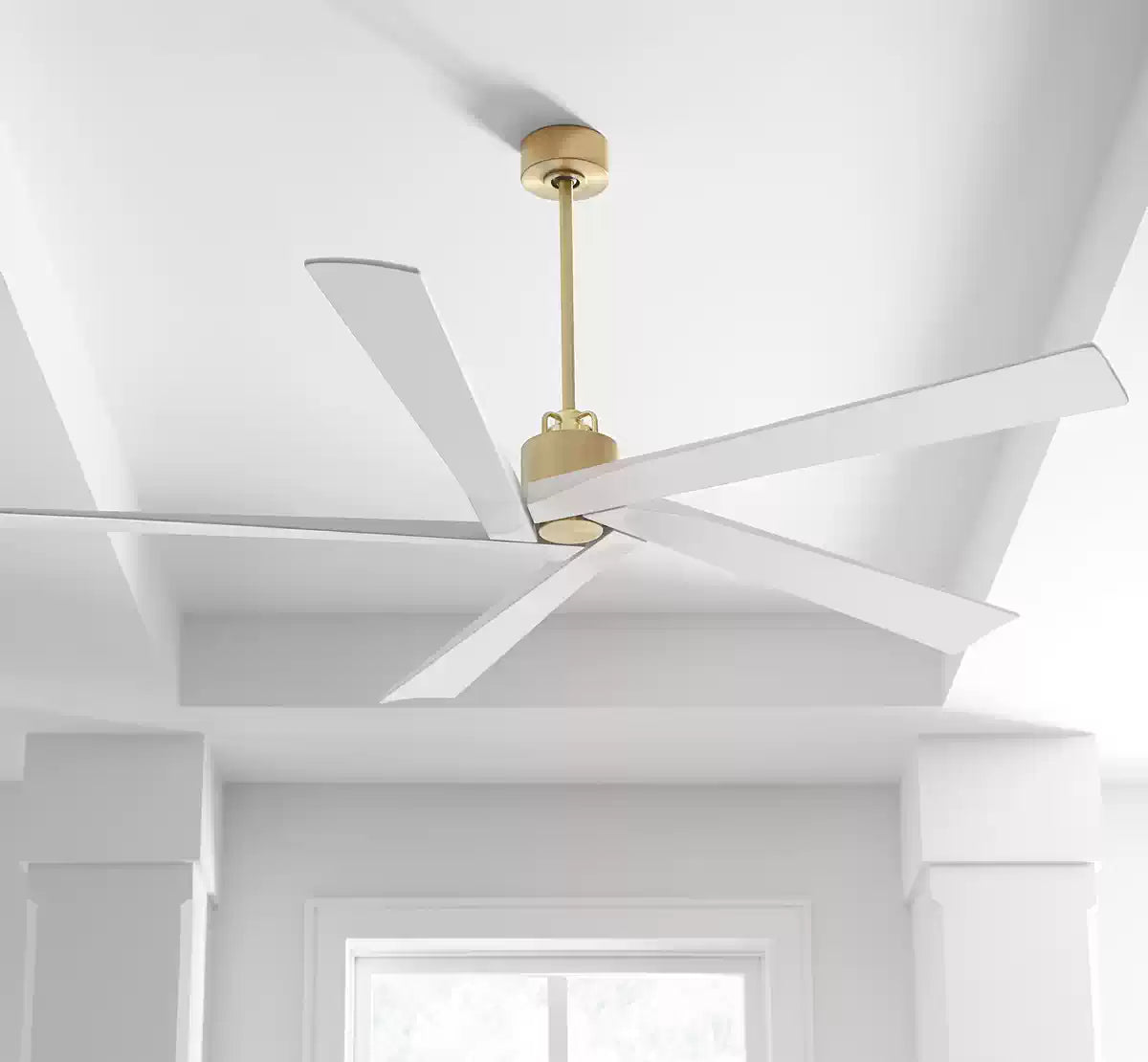
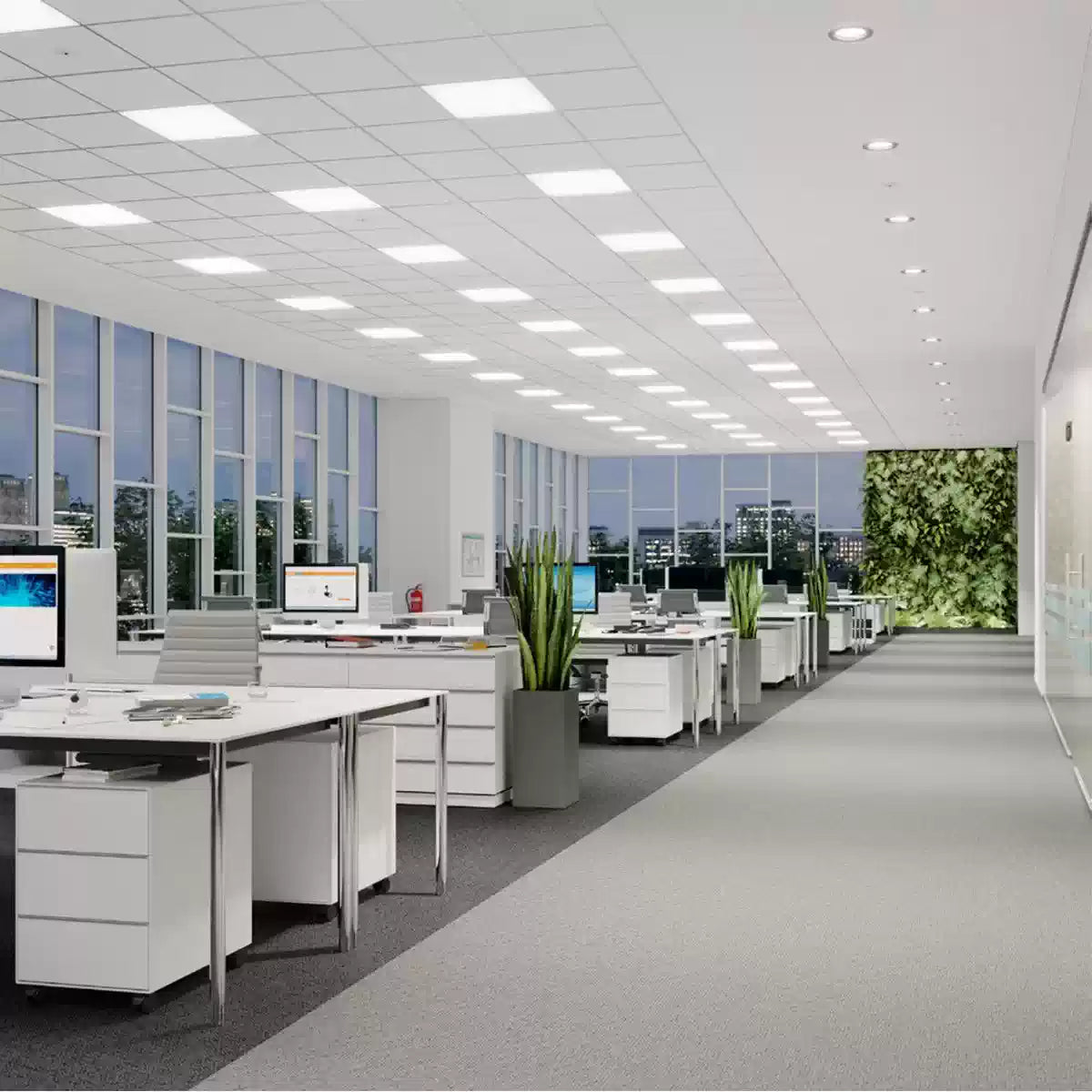
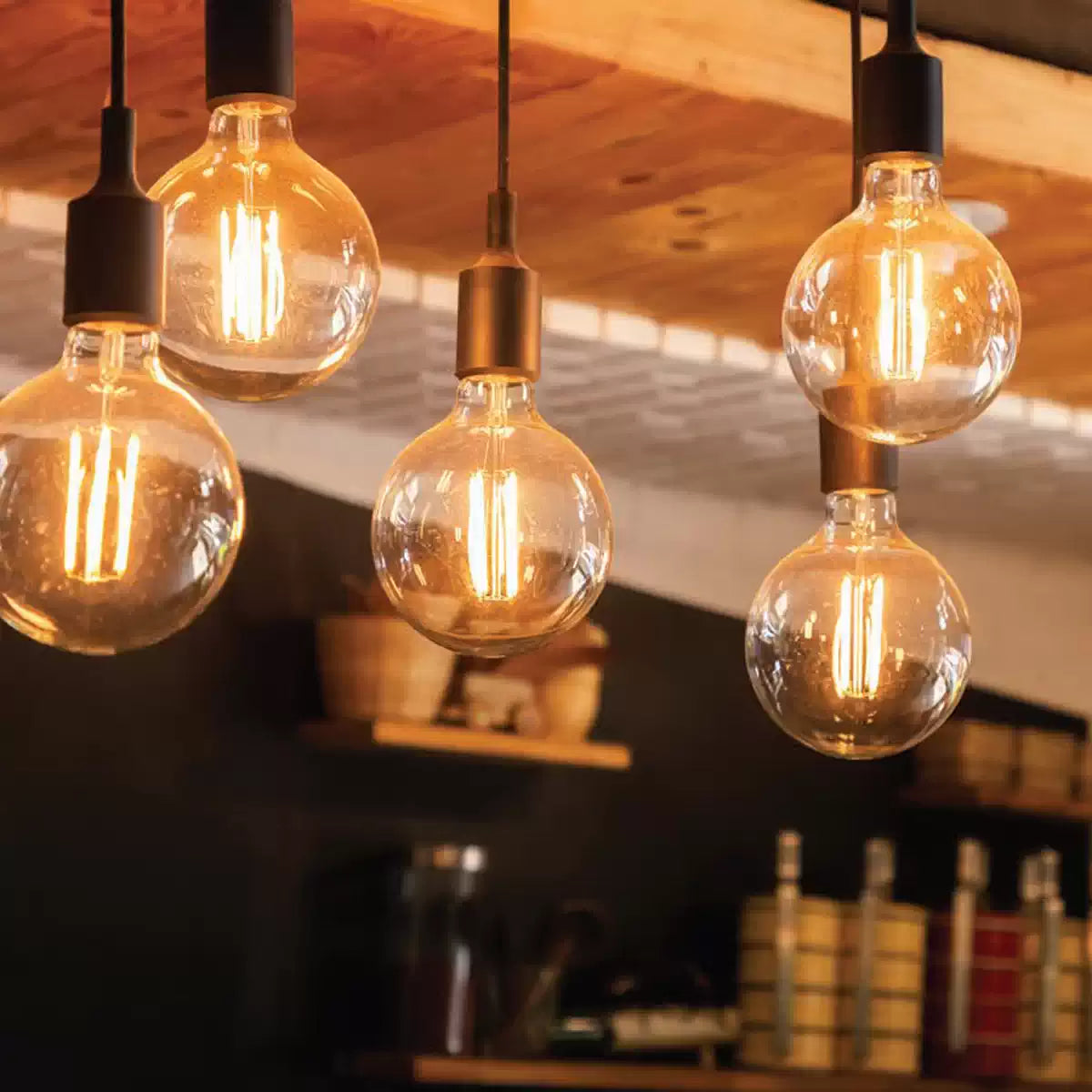
























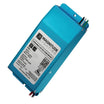













































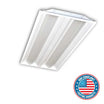















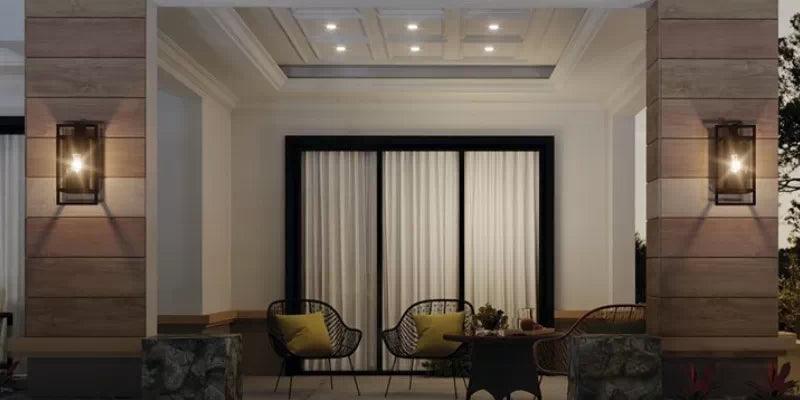
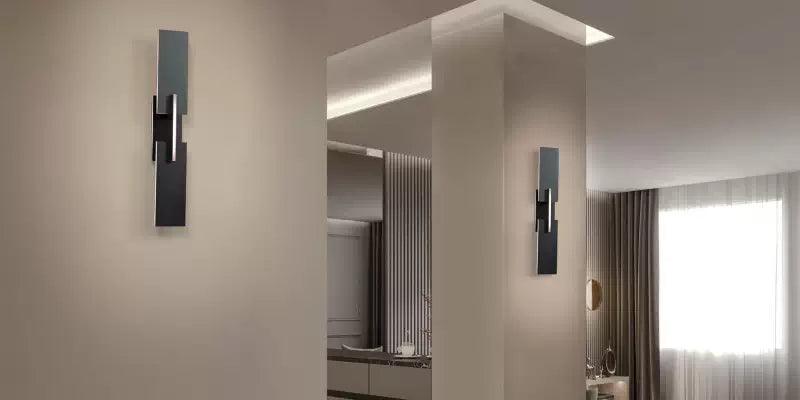
Leave a comment
All comments are moderated before being published.
This site is protected by hCaptcha and the hCaptcha Privacy Policy and Terms of Service apply.